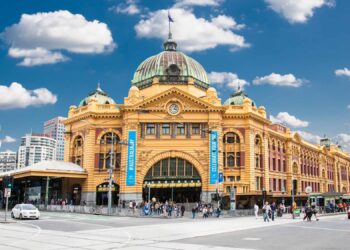Rates could be held until late 2023, as the Reserve Bank of Australia makes its last monetary policy decision of 2020/21.
In its minutes, RBA governor Philip Lowe said the economy had recovered stronger than expected but inflation and wage pressure was subdued and only expected to pick up gradually.
Inflation was expected to be 1.5% in 2021 and 2% in mid-2023 although it would rise above 3% in the June quarter because of the reversal of COVID-19 price reductions.
“The board is committed to maintaining highly supportive monetary conditions to support a return to full employment in Australia and inflation consistent with the target. It will not increase the cash rate until actual inflation is sustainably within the 2% to 3% target range.
“For this to occur, the labour market will need to be tight enough to generate wages growth that is materially higher than it is currently. This is unlikely to be until 2024 at the earliest.”
Brendan Rynne, chief economist at KPMG, said: “There appears to be a tacit acceptance that the inflation genie, while edging up the sides of the bottle, is not likely to burst out of the top and make a run for it. Of course, things can change, but as things stand, we believe official interest rates will be kept lower for longer.
“There has been concern that government stimulus the world over, including Australia, would prime aggregate demand to such levels that inflation would re-emerge as a moderating factor. However, what has become more apparent is that most of the pandemic-induced spending is in the form of income transfers rather than immediate spending on goods.”
Shane Oliver, chief economist at AMP, said: “The RBA’s ongoing dovishness in the face of stronger growth and lower unemployment highlights that its reaction function has changed dramatically. Having failed to meet its inflation objective for the last five years or so it’s now determined to push unemployment down to wherever is necessary to achieve the 3% or more wages growth necessary to sustain actual inflation in the target zone.
“Given the speed of the recovery we think there is a good chance that the RBA’s objectives for a rate hike will be achieved before the ‘2024 at the earliest’ that it refers to and so are allowing for a first rate hike in late 2023. But that’s still a long way off.”





